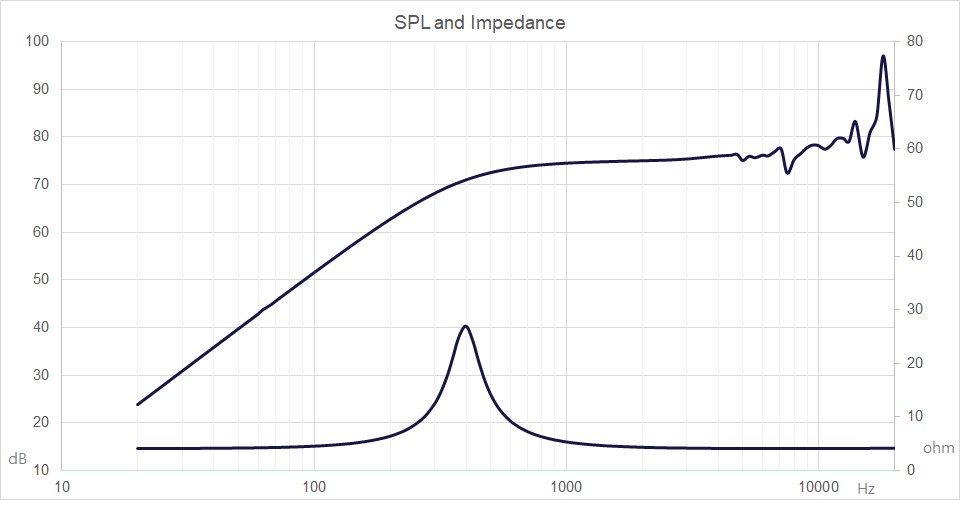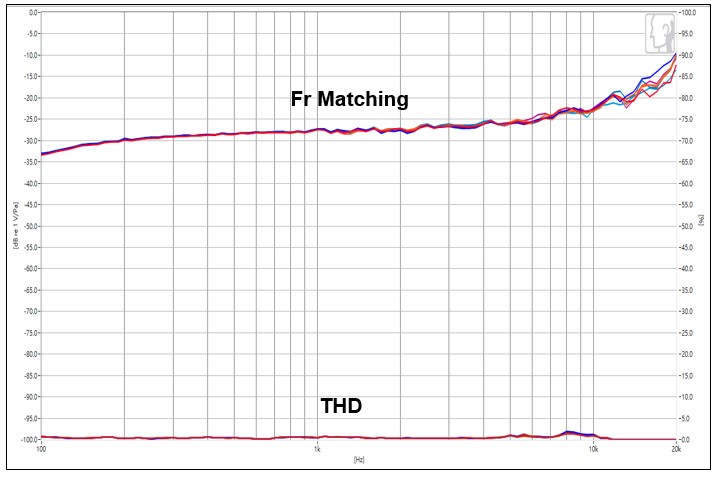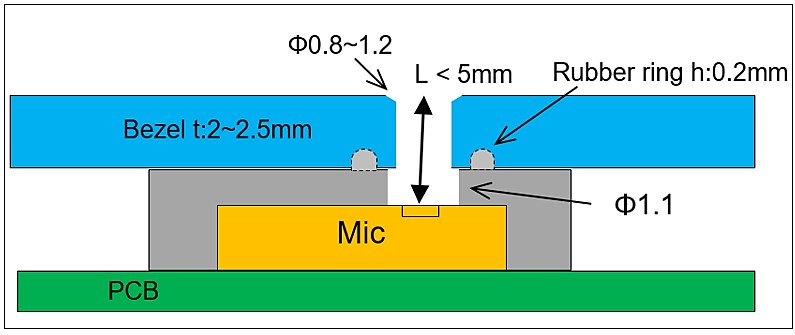技術記事
-
音響モジュール設計の実務Q&A:薄型スピーカー構造からマイクエコー抑制戦略まで

COVID-19パンデミック期間中、人々が自宅で過ごす時間が増えたことで、ウェアラブルデバイス、ノートパソコン、ビデオ会議機器、スマートスピーカーなど関連製品の需要が高まっています。これらに共通する点は、スピーカーとマイクが音声通信の重要な構成要素であることです。
問:スペースが限られたデバイス向けに、より薄型のスピーカーを設計するにはどうすればよいですか?
A:ノートパソコン(またはタッチスクリーン)を例にとると、薄型筐体に設計・組み込まれるスピーカーの多くは高さの低減が求められます。一方で、SPL性能を確保するためにはスピーカーの長さと幅を拡大する必要があります。しかし、これには通常2つ以上のモーター(ボイスコイル)が必要となり、コスト増にもつながります。 解決策として、FPC(フレキシブルプリント基板)製のボイスコイルを使用する方法があります。これによりスピーカーの長さ・幅の制約が軽減されます。FPCボイスコイルスピーカーは適切な磁気回路と構造を設計すれば、比較的長く薄い矩形スピーカーの開発が容易になります。

図1. FPCボイスコイルスピーカー

図2. 1W 0.5m 5cc密閉エンクロージャーFPCボイスコイルスピーカーのシミュレーション周波数特性(スピーカー:L50mm×W4.5mm×H12mm)
質問:スピーカーの近くにマイクを配置する際、ハウリングやエコーを発生させない設計方法は?
回答:以下のヒントをご参照ください:
1. マイクアレイ:マイクアレイは2~8個のマイクで構成され、DSP&ビームフォーミングアルゴリズムと組み合わせることで、音声の遠距離拾音とノイズキャンセリングを実現し、通話品質を向上させます。
2. マイク感度と周波数特性:アレイ各マイクの感度はFr(周波数特性)に近づけるべきで、理想的には±1dB以内とします。これによりDSP計算時の誤差を低減できます。マイクチャンネル構造の全長は5mmを超えず、マイクチャンネルの共振周波数が12kHz未満となるように避けてください。

図3. マイク周波数応答マッチング。

図4. マイクゴムベースとバッフル
3. Mic Phase:各マイクの位相はできるだけ近づけること。±5°が最適であり、これによりDSP計算時の時間偏差を低減し、ビーム&指向性の精度を確保できる。
4. マイクゴム座の密閉性:マイクゴム座とベゼルはシームレスに密閉され、遮音性能は少なくとも20dBSPLを達成し、内蔵スピーカーの音がゴムの隙間からマイクの音路に侵入するのを防止する。
5、マイクとスピーカーの位置及び防振:スピーカーの増幅とマイクのAEC信号処理を考慮し、通常スピーカーは中央に配置し、マイクはスピーカーから離す。マイクにはゴム製防振・気密対策が必要。 スピーカー筐体とネジ穴は振動防止のためスポンジまたはゴム製ブラケットで固定すること。さもないとマイクがスピーカーのTHD信号を受信し、AEC品質に影響を及ぼす。
当サイトの一部の文章は、AI翻訳により訳されたものです。内容の正確性については、原文の中国語版をご参照いただくか、弊社までお問い合わせください。ご理解のほど、よろしくお願いいたします。

 RFQ
RFQ